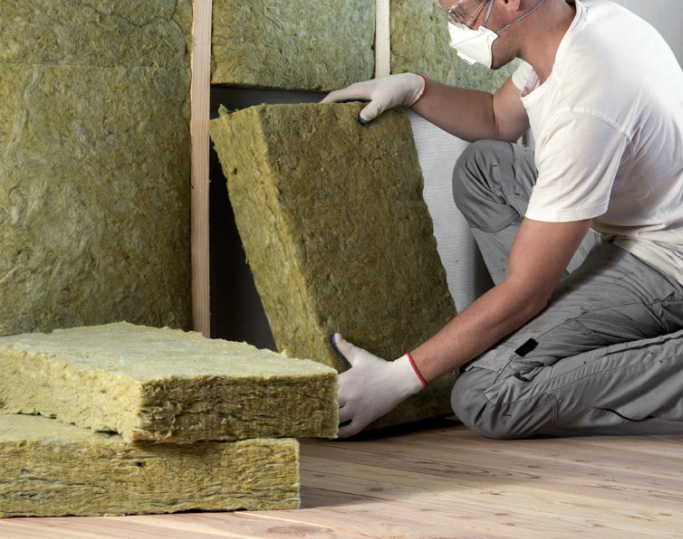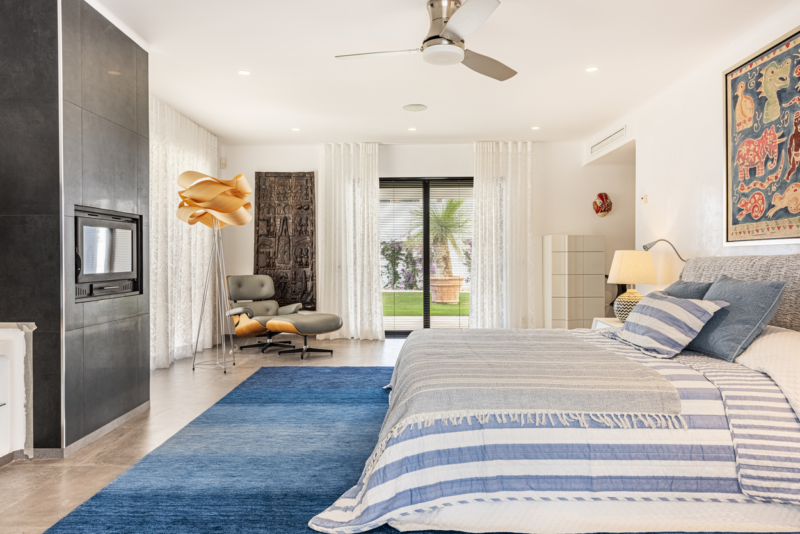Do you get disturbed by the noise from your neighbors and cars driving by your home? In this week’s blog post, we give you some tips on a few simple tips for sound insulation in your home.
It can be difficult to get away from the noise, especially if you live in a big city. Even in smaller communities, there may be disturbing noises from loud neighbors, garbage trucks at five o’clock in the morning, gardeners with their leaf blowers, or cars driving along the road outside the window.
Too much noise can affect our personal well-being, whether we think about it or not. It becomes especially difficult if you are disturbed by noise at night and lose sleep. You may feel tired, in a bad mood, or easily irritated the next day.
Exposure to prolonged or excessive noise has been shown to cause a range of health problems ranging from stress, concentration difficulties, decreased productivity in the workplace, communication difficulties, headaches, to more serious problems such as cardiovascular disease, cognitive impairment, tinnitus, and hearing loss.
DIY Soundproofing
It may be difficult and to make extensive reforms once you have moved into a home. However, there are simpler solutions that do not have to cost much or be very complicated to install.
Sound-absorbing Wall Material
It goes without saying that heavier and thicker walls prevent more sound from passing than thinner walls. If you can not, or are not allowed to build a thicker wall, there are other solutions. For example, you can install 1-centimeter thick steel sheet on the wall. Steel is a material that, without losing much space in the room, helps us insulate the home from noise.
There are also less heavy materials on the market that are very effective, rock wool is an example. It acts as a spring and slows down the movement of the air, causing the sounds to be muted or disappear completely. Otherwise, rock wool is also good for absorbing echoes from an empty space or with little furniture.

Textiles
Textiles, especially thicker and heavier carpets, and curtains are sound-insulating. A good alternative is to hang sound-absorbing fabrics at the back of a rail, such as felt fabric. Then you hang up another curtain rail in front and hang a nice thick fabric such as velvet, for example.
Thick large carpets on the floors, especially under chairs and tables, also work well against noise. You can also put up beautiful and decorative rugs on the walls instead of paintings. A tablecloth, large pillows, and thick throws also absorb sound and prevent echo.

Windows and Doors
Old and thin windows let in both cold air and unwanted noise from outside. How insulating a window depends on the number of glass panes in the window and the thickness of the glass. In modern and robust windows, there are normally three glass panes that are each four millimeters thick. Older models usually have only two glass panes that are three millimeters thick each. In addition to dampening the noise intrusion, the modern windows also mean long-term energy, economic, and climate savings.
The door may not be the first thing that comes to mind when it comes to soundproofing. However, the door is an important component. Make sure you have a newer and thicker door that is tight with the door frame with an elastic rubber joint.

Lower the Ceiling
If you have neighbors above you who walk around with heavy steps or children running around, you can, for example, build a sunken roof with mineral wool and two layers of plasterboard. However, this is a slightly larger project, but if you are handy, you can possibly do it yourself.
Shhhhh… peace and quiet, please!








